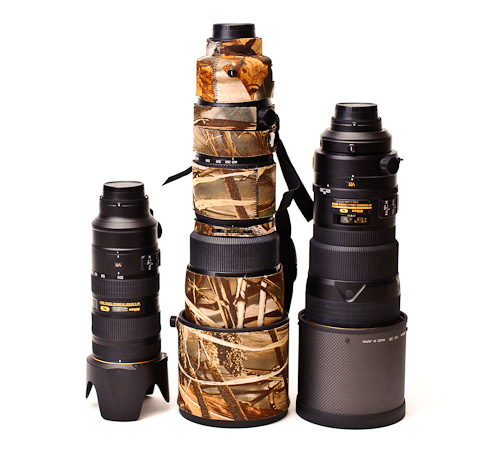كيف تشتري عدسات كاميرا مستعملة
How to Buy Used Lenses
نظرًا لارتفاع تكلفة العدسات الجديدة طوال الوقت، يختار العديد من المصورين شراء معدات مستعملة وتوفير المال. في حين أنه لا يمكن شراء عدسات معينة إلا جديدة (على الأقل لفترة من الوقت)، فإن سوق العدسات المستعملة غالبًا ما يكون مليئًا بخيارات العدسات الرائعة، خاصة بالنسبة للأشخاص ذوي الميزانية المحدودة. سأحاول في هذه المقالة شرح فوائد شراء العدسات المستعملة، بالإضافة إلى تقديم بعض النصائح حول كيفية شراء العدسات المستعملة في الموقع، مع العلم أنك ستحصل على قطعة من المعدات عالية الجودة ستسعد بها لسنوات. ليأتي.

With new lenses getting more expensive all the time, many photographers choose to purchase used gear and save money. While certain lenses can only be bought new (at least for a while), the used lens market is often full of great lens choices, especially for someone on a tighter budget. In this article I will try to explain the benefits of buying used lenses, as well as give you some tips on how to buy used lenses on-location knowing you’ll get a high-quality piece of equipment you will be happy with for years to come.

How to Buy Used Lenses
نظرًا لارتفاع تكلفة العدسات الجديدة طوال الوقت، يختار العديد من المصورين شراء معدات مستعملة وتوفير المال. في حين أنه لا يمكن شراء عدسات معينة إلا جديدة (على الأقل لفترة من الوقت)، فإن سوق العدسات المستعملة غالبًا ما يكون مليئًا بخيارات العدسات الرائعة، خاصة بالنسبة للأشخاص ذوي الميزانية المحدودة. سأحاول في هذه المقالة شرح فوائد شراء العدسات المستعملة، بالإضافة إلى تقديم بعض النصائح حول كيفية شراء العدسات المستعملة في الموقع، مع العلم أنك ستحصل على قطعة من المعدات عالية الجودة ستسعد بها لسنوات. ليأتي.

With new lenses getting more expensive all the time, many photographers choose to purchase used gear and save money. While certain lenses can only be bought new (at least for a while), the used lens market is often full of great lens choices, especially for someone on a tighter budget. In this article I will try to explain the benefits of buying used lenses, as well as give you some tips on how to buy used lenses on-location knowing you’ll get a high-quality piece of equipment you will be happy with for years to come.


تعليق